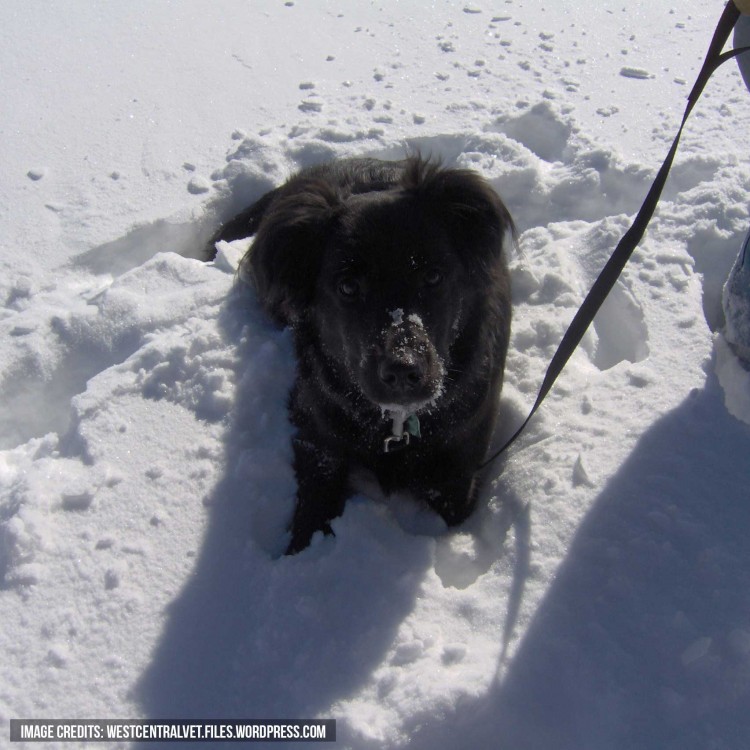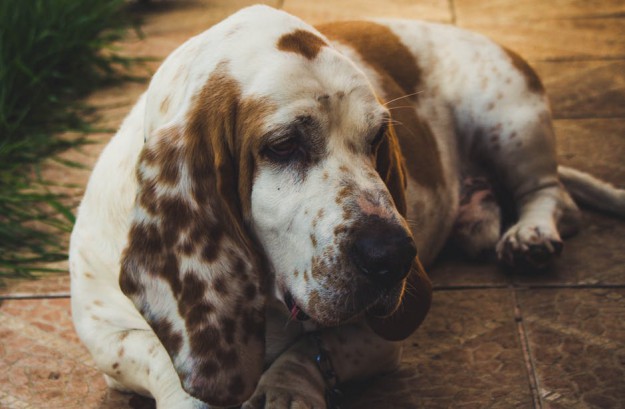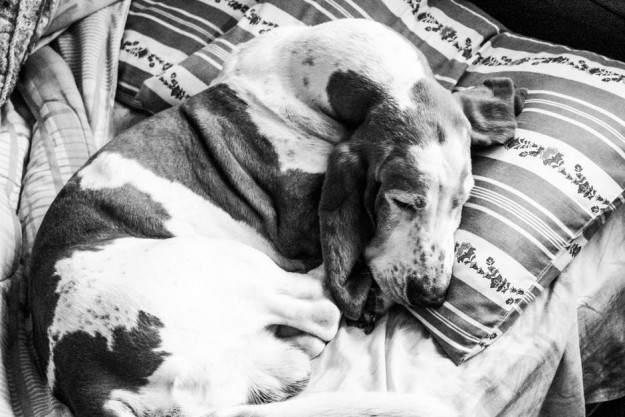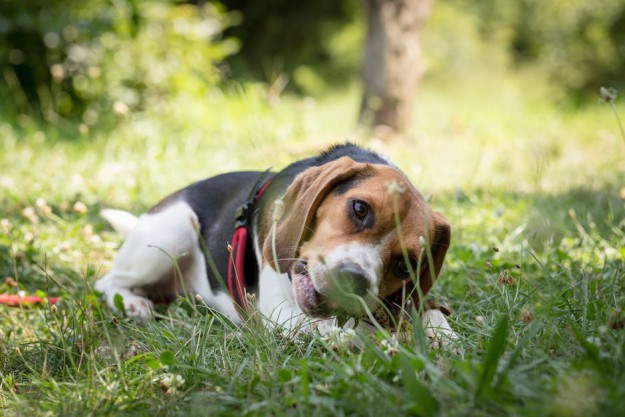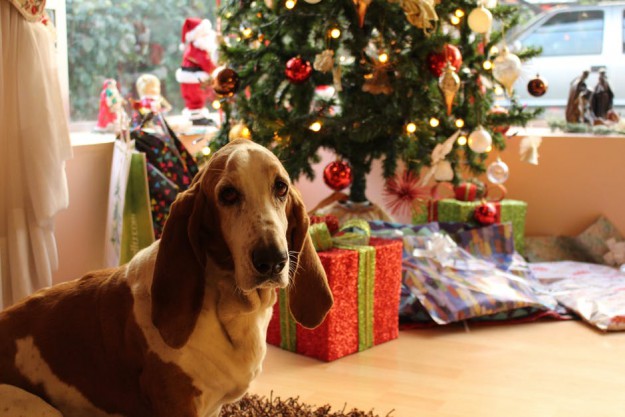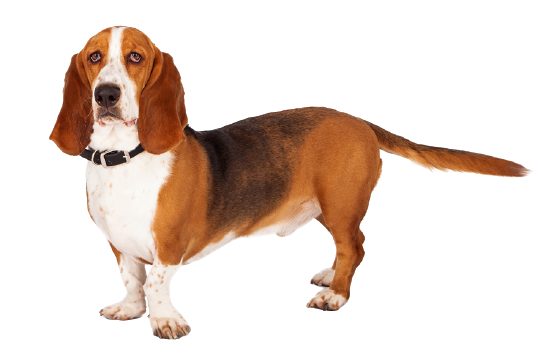
Basset Hound
USD $300-$500 Price Avg.
Hunting Dogs
Group
Purebred
Breed Type
Medium
Size
10-12 years
Lifespan
Breed Information
| Group | Hunting Dogs |
|---|---|
| Popularity/Rank | 39 |
| Origin | France |
| Other Names | Basset, Hush Puppy |
| Breed Type | Purebred |
| Price (Avg.) |
USD $300-$500
How much does a Basset Hound cost? According to a rough estimate, you will spend between $300 to $500 on your Basset Hound if you purchase it from a reputable breeder. If you select a dog with exceptional bloodlines, the price may be higher. The price might even be higher if the dog has already been trained. You'll usually pay less if you get a Basset Hound from a shelter. |
| Size | Medium |
| Weight |
Male: 50-65 pounds (23-29 kg),
Female: 45-60 pounds (20-27 kg) |
| Height |
Male: 12-15 inches (30-38 cm),
Female: 11-14 inches (28-36 cm) |
| Lifespan | 10-12 years |
| Recognized by |
AKC, FCI
The American Kennel Club in 1885 as a Hound breed. And FCI in the Scent hounds and related breeds group, in the Scent hounds section. |
| Purpose | trailing rabbits and hare |
| Date of Origin | 1500s |
| Ancestry | Basset d’artois, Basset normand |
Appearance & Maintenance
| Coat | Dense |
|---|---|
| Coat Colors | Black, Brown, Gray, Red, Tan, Tricolor, White |
| Grooming Level | |
| Shedding Level | |
| Eye Color Possibilities | Brown |
| Nose Color Possibilities | Black, Brown |
| Coat Color Possibilities | Black, Brown, Pied, Red, White |
| Coat Length | Medium |
| Coat Density | Normal |
| Coat Texture | Straight |
| Recommended Brushes | Nail Clipper, Slicker Brush |
| Brushing Frequency | Weekly |
Breed Characteristics
| Temperament | Affectionate, Caring, Dedicated, Delicate, Devoted, Friendly, Gentle, Sweet, Tempered, Tenacious |
|---|---|
| Intelligent | |
| Trainability | |
| Playfulness | |
| Sensitivity Level | |
| Affection Level | |
| Social Interaction Required | |
| Barking | |
| Watchdog Ability | |
| Territorial | |
| Biting Force | Low |
| Mouthiness | |
| Impulse to Wander or Roam | |
| Prey Drive | |
| Adaptability | |
| Tolerates Being Left Alone | |
| Fighting Dog | Not really |
Good & Friendly with
| Apartment Life Friendly | |
|---|---|
| Stranger Friendly | |
| Kid-Friendly | |
| Cat Friendly | |
| Dog Friendly | |
| Office Friendly | No |
| Senior Citizens Friendly | |
| Pet Friendly | |
| Friendly with First Time Owners | No |
| Service Dog | Not really |
| Therapy Dog | Not really |
| Detection, Sniffer or Security Dog | Yes |
| Search and Rescue Dog (SAR) | Yes |
| Boat Dog | Not really |
| Cart Pulling or Drafting Dog | Not really |
Health Elements
| Health Issues | |
|---|---|
| Health Problems | Allergies, Bloat, Cherry Eye, Ear Infections, Ectropion, Entropion, Glaucoma, Hip Dysplasia, Intervertebral Disk Disease, Obesity, Panosteitis, Patellar Luxation, Thrombopathia, Von Willebran |
| Hypoallergenic | No |
| Energy Level | |
| Exercise Required | |
| Sleeping Required | |
| Weight Gain Potential | |
| Weather & Climate | Prefers average to warm weather conditions |
| Stinkiness | High |
| Drooling tendency | |
| Activity Level | Low |
| Rec. Walk Mileage Per Week | 7 miles |
| Minutes of Activity Per Day | 30 minutes |
Food & Costing
| Avg. Daily Food | 1.5 to 2 cups of high-quality dry food a day, divided into two or three meals. |
|---|---|
| Cups Per Day | 3 cups |
| Daily Cost | $1.20 - $1.40 |
| Monthly Cost | $34.00 - $45.00 |
Reproducibility
| Gestation Duration | 60-64 days |
|---|---|
| How often can the Basset Hound have a litter? | Once a year. |
| Litter Size | 6-8 puppies (Once a year.) |
Description
The Basset Hound is a breed of dog that is known for its short legs, long body, and droopy ears. They are a popular breed of dog due to their friendly and loyal nature. The Basset Hound has a unique appearance that makes them stand out from other breeds.
The average lifespan of the Basset Hound is between 10-12 years. They typically weigh between 40-65 pounds and stand at 12-15 inches tall at the shoulder. The most common colors for this breed are black, tan, white, red, and lemon.
The personality of the Basset Hound is one of loyalty and friendliness. They are very affectionate with their owners and love to be around people. They can be stubborn at times but they are also very intelligent dogs that can learn quickly with proper training.
Basset Hounds get along well with other dogs as well as cats and children if they have been properly socialized from an early age. They do not do well in homes where there is too much chaos or noise as they prefer more peaceful environments where they can relax without being disturbed too often.
The temperament of the Basset Hound is one of calmness and patience which makes them great family pets as they will not bark excessively or become overly excited when visitors come over to your home.
When it comes to health issues, the Basset Hound may suffer from hip dysplasia or eye problems such as glaucoma or cataracts if not taken care of properly by their owners throughout their life span. It’s important to keep up with regular vet visits in order to ensure your pet’s health remains in good condition throughout its life span.
The adaptability level for this breed is quite high which means that they can adjust easily to different environments such as apartments or houses without any major issues arising from it being in a new environment for them . This makes them great pets for those who live in smaller spaces since they don’t require much room to move around in order to stay happy .
Overall , the benefits of having a Basset Hound dog as a pet include its loyal , friendly , calm , patient , intelligent nature combined with its adaptability level making it an ideal pet choice for those looking for an easy going companion .
History
The Basset Hound is a short-legged breed of dog of the hound family. The Basset is a scent hound that was originally bred for the purpose of hunting hare. Their sense of smell for tracking is second only to that of the Bloodhound. The name Basset is derived from the French word bas, meaning "low", with the attenuating suffix -et meaning "little", together meaning "rather low". Basset Hounds are usually bicolours or tricolours of standard hound colouration.
The Basset Hound breed almost extinct in the early 20th century, but was revived through the efforts of a few dedicated breeders in France and England. The breed became popular in the United States in the 1950s.
The ancestry of the Basset Hound dog can be traced back to 6th-century Europe, where bassets were used by peasants to hunt rabbits and other small game. From France, bassets were introduced to England in the 1800s, where they became popular with royalty and nobility as hunting dogs. In 1866, bassets were recognized as a distinct breed by The Kennel Club (UK). In 1884, bassets were brought to America by English immigrants and were recognized as a distinct breed by the American Kennel Club in 1885.
Bassets are large dogs for their short legs. They weigh between 40 and 60 pounds (18 and 27 kg), with females being slightly smaller than males on average. They have long bodies set upon short legs with large feet, which gives them an appearance often described as "comical" or "clown-like". Their long ears reach at least to their elbows when pulled forward; this gives them an acute sense of hearing. They have wrinkled foreheads, loose skin around their necks (called a dewlap), drooping lips and long tails that curve slightly upwards at the tip (known as an sabre tail).




